

Food Security means that all people at all times have physical & economic access to adequate amounts of nutritious, safe, and culturally appropriate foods, which are produced in an environmentally sustainable and socially just manner, and that people are able to make informed decisions about their food choices.
Food Security also means that the people who produce our food are able to earn a decent, living wage growing, catching, producing, processing, transporting, retailing, and serving food.
At the core of food security is access to healthy food and optimal nutrition for all. Food access is closely linked to food supply, so food security is dependent on a healthy and sustainable food system.
The food system includes the production, processing, distribution, marketing, acquisition, and consumption of food.
In addition, you may consider growing your own garden, or participating in a community garden! This will allow you to control which pesticides, if any, are used on the food you eat. You can choose Integrated Pest Management (IPM) options that allow you to control garden pests with the least possible hazard.
If growing your own food is not possible, another option is your local farmers market. This way, you can speak directly to the farmers about their pesticide use practices before buying their food.
Here are the top fruits and vegetables containing pesticide residues. If you have to choose only a few fruits and vegetables to buy organic, make sure these top 5 worst offenders are on your list.
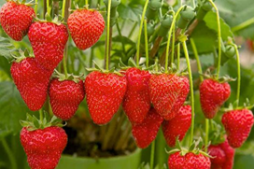
Strawberries: 45 different pesticide residues were found in this fruit by the PDP in 2009, with six known carcinogens and seven neurotoxins present.[4] These pesticides can have negative effects on the brain and nervous system.
Apples: 99 percent of samples of this popular fruit tested positive for at least one pesticide residue. 47 different pesticide residues were found in conventional apples by the PDP in 2010.
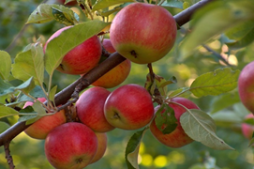
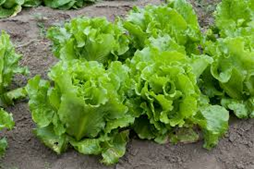
Lettuce: 64 different pesticide residues were found in celery by the PDP in 2008, the most recent year celery was tested. This includes 10 known carcinogens and 12 different neurotoxins. What’s more, Spinosad, a known honeybee toxin, was found on 100 percent of Lettuce samples
Grapes: 56 pesticide residues were found in grapes by the PDP in 2010. These pesticides include eight known carcinogens and four developmental or reproductive toxins.[5]Exposure to these pesticides has been linked to reduced fertility, miscarriage and a number of developmental defects.
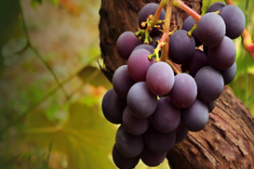
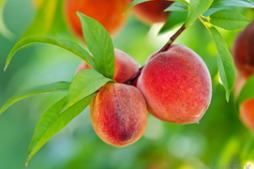
Peaches: This fruit is laden with different pesticides. 62 pesticide residues were found by the PDP in 2008. Of those 62, 12 are neurotoxins and 8 are known carcinogens. One of these pesticides is the toxic Chlorpyrifos, whose exposure has been linked to neurological effects, persistent developmental disorders and autoimmune disorders
Copyright @ 2023 The planet greeners All Right Reserved